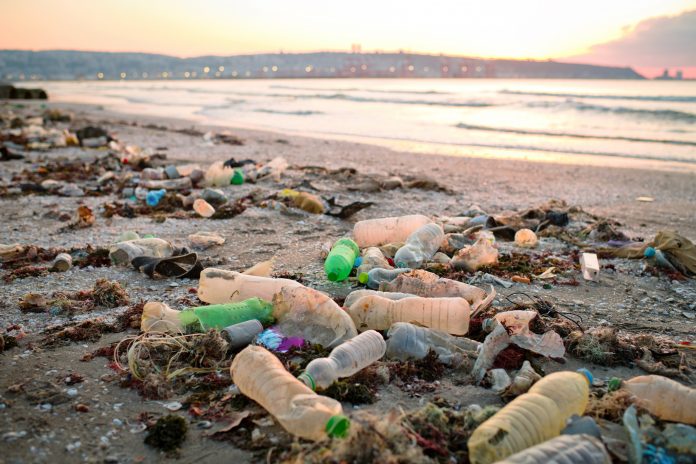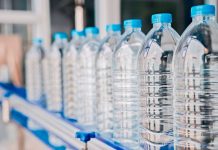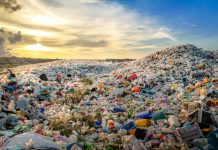Finding an environmentally friendly alternative to traditional plastic straws that can degrade rapidly in coastal areas
Straws have always symbolised single-use plastic waste, littering coastlines and harming marine life. As plastic production continues to soar, scientists and manufacturers are racing to develop alternatives that match conventional plastics’ performance and break down swiftly in the marine environment.
The best degradable alternative to plastic straws
Led by WHOI scientists Collin Ward, Bryan James, Chris Reddy, and Yanchen Sun, the team investigated various types of plastics, including cellulose diacetate (CDA), polyhydroxyalkanoates (PHA), paper, polylactic acid (PLA), and polypropylene (PP).
Partnering with bioplastic manufacturing company Eastman, the study aimed to determine the environmental lifetimes of these materials in the coastal ocean.
Mimicking natural marine environment
The researchers devised an innovative approach, suspending eight different types of straws in a tank filled with continuously flowing seawater from Martha’s Vineyard Sound, Massachusetts. This method controlled environmental variables such as temperature and light exposure, mimicking the natural marine environment.
Over 16 weeks, the team monitored the straws for signs of degradation and characterised the microbial communities growing on them.
The study revealed that straws made from CDA, PHA, and paper degraded by up to 50%, projecting environmental lifetimes of 10-20 months in the coastal ocean. In contrast, traditional plastics like PLA and PP showed no measurable signs of degradation.
Comparing paper straws
The researchers also compared two CDA-based straws, one solid and one foam, provided by Eastman. The foam straw, designed to increase surface area, degraded 184% faster than its solid counterpart, presenting a shorter projected environmental lifetime than paper straws.
Bryan James of WHOI highlighted the foam straw’s ability to break down rapidly while maintaining the desirable properties of plastic or bioplastic straws.
Jeff Carbeck, Eastman’s Vice President of Corporate Innovation, emphasised the study’s value for straw manufacturers, providing transparent data for material selection. The findings offer reassurance that CDA-based straws can contribute to sustainability without adding to ongoing plastic pollution.
Plastic pollution: The need for an alternative to plastic straws
Plastic pollution remains a global issue, impacting both humans and ecosystems. The plastic industry’s substantial contribution to climate change emphasises the urgency of adopting sustainable alternatives.
With plastic waste infiltrating oceans and marine food chains, identifying sustainably sourced materials, supporting a circular economy, and breaking down in the environment is crucial.
The study also highlights the unique microbial communities associated with degradable straws, providing further evidence that microbes play a role in breaking down biodegradable materials. The researchers plan to continue measuring the degradability of plastic materials, aiming to guide the industry toward more sustainable practices.
Editor's Recommended Articles
-
Must Read >> England have implemented a single-use plastic ban
-
Must Read >> Transforming plastic waste into sustainable clothing














